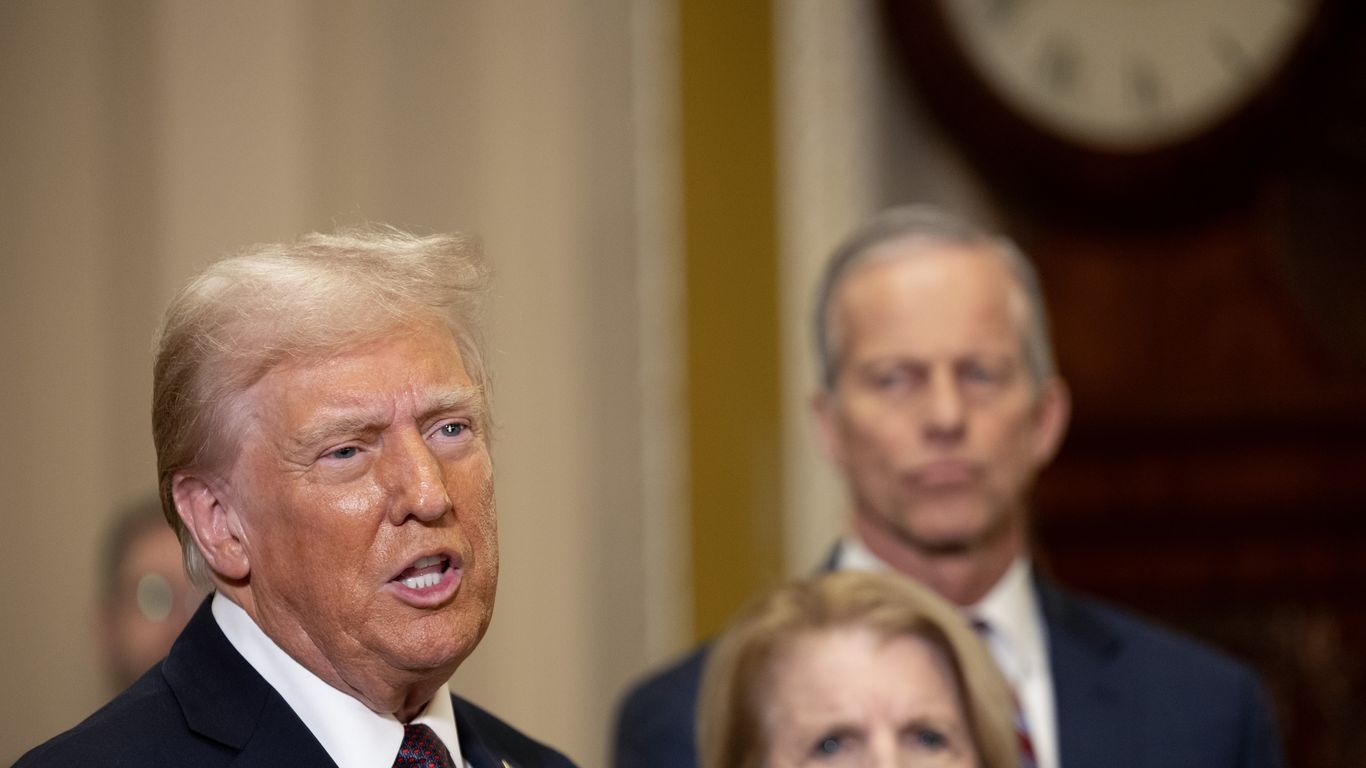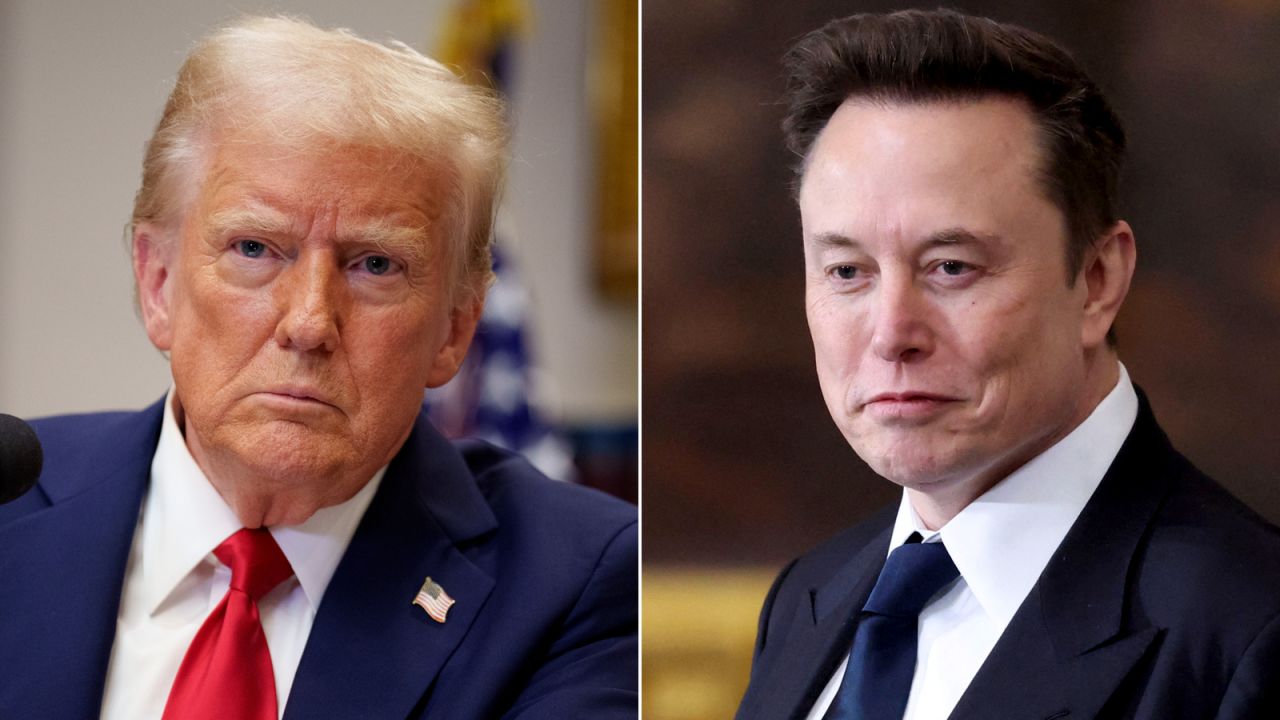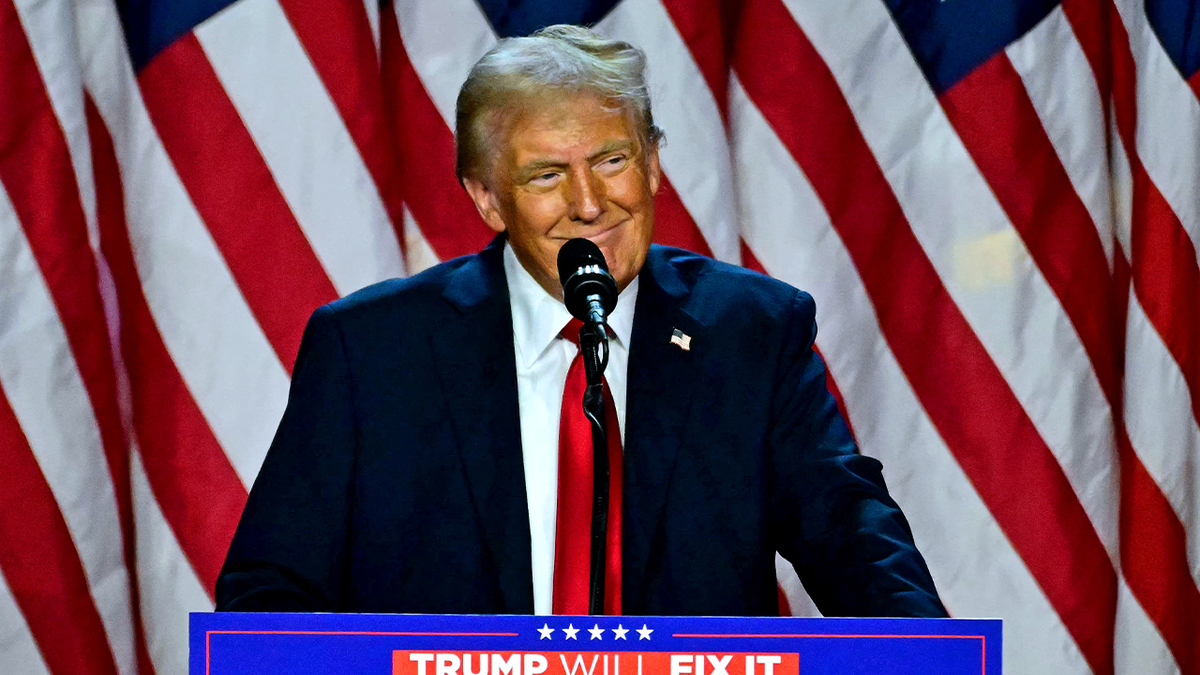The United States Tax Bill: A Challenge for Financial Stability

Introduction
The United States government is facing a major hurdle in passing its tax bill, with the latest version proposed by the Senate expected to add a whopping $3.3 trillion in new debt. This number far surpasses the amount of debt that would be added under the House-passed version, raising concerns about the financial stability of the country.
Background
The tax bill, a cornerstone of President Trump's agenda, has been a hotly debated topic in Congress. The House of Representatives, controlled by Republicans, has been working to pass the bill and bring it to the President's desk by July 4th. However, with divisions within the party and a need to compromise on certain aspects of the bill, progress has been slow.
In addition to the tax bill, the United States has also recently lost its last perfect credit rating. This means that the country's financial health and stability are now in question, and this downgrade could have a significant impact on interest rates and financial markets.
Current Scenario
The Senate's version of the tax bill, which is being referred to as a "big, beautiful bill" by President Trump, is expected to add a staggering $3.3 trillion in new debt. This far surpasses the amount of debt that would be added under the House-passed version, which is already causing concern among lawmakers and the American public.
In addition, the Congressional Budget Office (CBO) has projected that the tax bill, if passed, would force cuts to Medicare in the amount of nearly $500 billion. This would have a significant impact on the healthcare system and the millions of Americans who rely on Medicare for their medical needs.
With the Senate and House versions of the tax bill differing so greatly in terms of the amount of debt that would be added, it is clear that there is still much work to be done in order to reach a compromise and pass a bill that will benefit the American people without causing further harm to the country's financial stability.
Conclusion
The United States government is facing a significant challenge in trying to pass its tax bill, with the latest version proposed by the Senate expected to add an unsustainable amount of debt. With the country's last perfect credit rating already lost, and the potential for cuts to Medicare looming, it is clear that a compromise must be reached in order to ensure the financial stability of the country and the well-being of its citizens.
About the People Mentioned
President Trump
Donald John Trump, born June 14, 1946, in Queens, New York, is an American businessman, media personality, and politician who has served as the 45th and 47th president of the United States. He graduated from the University of Pennsylvania's Wharton School with a degree in economics in 1968 and took over his family’s real estate business in 1971, renaming it the Trump Organization. Over decades, he expanded the company’s holdings into skyscrapers, hotels, casinos, and golf courses, building a high-profile brand often associated with luxury and real estate development. Trump also gained fame as the host of the reality TV show *The Apprentice* from 2004 to 2015[1][3][7]. Trump entered politics as a Republican and won the presidency in 2016, defeating Democrat Hillary Clinton in an unexpected victory. His tenure from 2017 to 2021 was marked by significant policy shifts, including tightening immigration controls, imposing a travel ban on several Muslim-majority countries, expanding the U.S.–Mexico border wall, rolling back environmental regulations, implementing major tax cuts, and appointing three Supreme Court justices. His foreign policy included withdrawing the U.S. from international agreements on climate change and Iran’s nuclear program, and initiating a trade war with China. Trump's handling of the COVID-19 pandemic was widely criticized for downplaying the virus's severity. After losing the 2020 election to Joe Biden, he challenged the results, culminating in the January 6, 2021, Capitol attack. Trump was impeached twice but acquitted both times by the Senate[1][2]. In a historic political comeback, Trump was re-elected and inaugurated for a second non-consecutive term on January 20, 2025, becoming the oldest president to assume office at age 78. He remains a highly influential and polarizing figure in American politics[2][7]. Trump is married to Melania Trump, with whom he has one son, Barron, and has four adult children from previous marriages. He has authored several books, including *The Art of the Deal*, a business bestseller[3][5][7].
About the Organizations Mentioned
United States government
The United States government is a federal republic established by the Constitution in 1787, designed to balance power among three co-equal branches: legislative (Congress), executive (President), and judicial (Supreme Court and federal courts)[1][2][3]. This structure, known as the system of “checks and balances,” ensures that no single branch can dominate, protecting individual liberties and promoting stable governance[1]. Powers not delegated to the federal government are reserved for the states and the people, fostering a dynamic interplay between national and local authority[2]. ## Historical Foundations and Key Achievements The U.S. government’s origins lie in the American Revolution and the subsequent adoption of the Constitution, which replaced the weaker Articles of Confederation. Key historical achievements include the Bill of Rights (the first ten amendments), which enshrined fundamental freedoms such as speech, religion, and assembly[2]. Over two centuries, the federal government has driven technological and economic transformation—from the Louisiana Purchase and the Transcontinental Railroad to the creation of the internet (originally a Defense Department project) and the moon landing. Landmark legislation, such as the Civil Rights Act and the Affordable Care Act, reflects its evolving role in addressing societal challenges. ## Current Status and Functions Today, the U.S. government is the world’s largest economy and a global leader in technology, defense, and innovation. The executive branch, led by the President, manages federal agencies and implements laws; the legislative branch (Congress) writes laws and controls spending; and the judicial branch interprets laws and ensures constitutional compliance[1][3]. The government regulates industries, funds research, and shapes international policy, directly influencing business and technology sectors through agencies like the FCC, FDA, and DARPA. ## Notable Aspects for Business and Technology The U.S. government’s role in business and technology is multifaceted: it enforces antitrust laws, protects intellectual property, and invests in cutting-edge research. Initiatives lik
Congress
The United States Congress is the legislative branch of the federal government, playing a pivotal role in shaping the nation's policies and laws. As a bicameral legislature, it consists of the House of Representatives and the Senate, each with distinct responsibilities. The House represents congressional districts, while the Senate represents states, ensuring diverse perspectives are heard. **History and Structure:** Congress has a rich history, evolving over time to reflect the nation's demographic changes and political shifts. It is structured into committees that specialize in various policy areas, facilitating the legislative process. The National Archives and Records Administration maintains historical records of Congress, highlighting its ongoing role in governance. **Key Achievements:** Throughout its history, Congress has achieved numerous milestones, including landmark legislation such as the Civil Rights Act and the Affordable Care Act. It has also played a significant role in shaping the nation's economic policies, influencing business and technological advancements. **Current Status:** The 119th Congress, which convened in January 2025, marks significant changes with a Republican majority in both chambers. This setup has implications for policy-making, especially in areas like healthcare and technology regulation. The current Congress is also notable for its diversity, being the most racially and ethnically diverse in history. **Notable Aspects:** - **Diversity and Representation:** The 119th Congress is the most diverse in U.S. history, with increased representation from diverse ethnic backgrounds and the inclusion of the first openly transgender federal legislator. - **Technological Integration:** Congress uses technology to enhance legislative processes, such as through platforms like Congress.gov, which provides access to legislative information and resources. - **Economic Impact:** Congress's decisions have profound impacts on business and technology sectors, influencing regulatory environments and investment opportunities. In summary, the U.S. Congress is a dynamic institution that plays a crucial role in shaping the nation's policies, laws, and economic landscape. Its ongoing evolution reflects the changing needs and demographics of the country, making it a vital
House of Representatives
The **United States House of Representatives** is the lower chamber of the U.S. Congress, established by the Constitution in 1789 as part of the federal legislative branch. It works alongside the Senate to draft, debate, and pass federal laws, with legislation requiring approval from both chambers before reaching the president for signature or veto[1][2][4]. The House is unique in its authority to initiate all revenue-related bills, impeach federal officials, and elect the president if no candidate gains an Electoral College majority[1][3]. Comprising 435 voting members apportioned based on state populations, the House reflects the principle of proportional representation. Members serve two-year terms, ensuring responsiveness to the electorate and frequent accountability[1][3]. Representatives must be at least 25 years old, U.S. citizens for seven years, and residents of their elected states[3]. The House also includes nonvoting delegates representing U.S. territories and the District of Columbia[3]. Leadership in the House centers on the **Speaker of the House**, who presides over sessions, manages legislative priorities, and is second in line to the presidency. The majority party controls key leadership roles, including majority and minority leaders and whips, which coordinate party strategy and legislative agendas[2][6]. The House operates largely on a majority-rule basis, enabling relatively efficient passage of legislation compared to the Senate’s more individual senator-driven procedures[6]. Historically, the House has been a critical arena for shaping national policy, reflecting the people's will directly through frequent elections and district-based representation. Its committee system facilitates detailed legislative review, and its evolving leadership roles have enhanced its influence on governance and policy[4][6]. For business and technology sectors, the House plays a vital role in passing laws affecting commerce, innovation, taxation, and regulation, thereby shaping the economic and technological landscape of the United States[1][4]. Its legislative actions on technology policy, intellectual property, cybersecurity, and digital market
Republican Party
The **Republican Party**, also known as the **GOP (Grand Old Party)**, is one of the two major political parties in the United States, founded in 1854 primarily by anti-slavery activists opposing the Kansas-Nebraska Act and the expansion of slavery into U.S. territories[1][5]. It was formed from a coalition of former Whigs, Democrats, and Free Soil party members who shared opposition to slavery and a desire for a national political force promoting economic development and social order[2][5]. The party's early base included northern Protestants, businessmen, factory workers, professionals, and prosperous farmers. It strongly supported pro-business policies like the national banking system, the gold standard, railroads, and high tariffs[1][3]. Abraham Lincoln, the first Republican president elected in 1860, led the party through the Civil War, championing the abolition of slavery and the preservation of the Union. This solidified the GOP’s dominance in national politics for decades, especially in the North, while it remained weak in the South[1][5][6]. Historically, the Republican Party was instrumental in major social reforms, including the Emancipation Proclamation and the passage of the 13th, 14th, and 15th Amendments, which abolished slavery, guaranteed equal protection, and secured voting rights for African Americans, respectively[6]. The party also supported women's suffrage early on, backing the 19th Amendment[6]. In the 20th century, Republicans were associated with both conservative economic policies—favoring reduced taxes, limited government regulation, and individual economic freedom—and a strong national defense[7]. The party experienced ideological splits, notably in 1912 when Theodore Roosevelt led a progressive faction away from the conservative wing[1][5]. Today, the GOP continues to promote conservative social policies and states’ rights, opposing extensive federal intervention and advocating free-market principles[7]. For readers interested in business and technology,
American public
The term "American Public" can refer to several organizations, but without specific context, it's challenging to pinpoint a single entity. However, I can provide insights into a few prominent organizations with similar names: 1. **American Public Education, Inc. (APEI)**: This organization is a leading provider of higher education services. It operates through subsidiaries like the American Public University System (APUS), which includes American Public University and American Military University. APEI focuses on serving the military, public service, and nursing communities by offering innovative and affordable educational programs[9]. 2. **American Public Television (APT)**: APT is a leading distributor of programming to public television stations. It provides a wide range of content, including documentaries, talk shows, and children's series. APT has been instrumental in bringing high-quality programming to public television audiences[5]. 3. **American Public Works Association (APWA)**: APWA is dedicated to supporting professionals in public works and infrastructure. It offers educational and networking opportunities to enhance the quality of life in communities. With a large membership base, APWA is a significant voice in public works and infrastructure development[7]. 4. **American Public Human Services Association (APHSA)**: APHSA supports leaders in human services agencies across the U.S. It focuses on building resilience and well-being through access to essential services like healthcare, housing, and employment. APHSA also modernizes IT systems and provides professional development opportunities for its members[3]. Each of these organizations plays a vital role in their respective fields, contributing to education, media, infrastructure, and human services. They are all notable for their commitment to enhancing public life and services in the United States.
Congressional Budget Office
The **Congressional Budget Office (CBO)** is a nonpartisan federal agency established in 1974 by the Congressional Budget Act to support Congress in budget and economic policy matters. Its core mission is to provide objective, impartial, and professional economic and budgetary analysis to help lawmakers make informed decisions about fiscal policy. The CBO serves as an independent alternative to the executive branch’s Office of Management and Budget, ensuring Congress has its own reliable data and projections[1][2][3][7]. CBO’s primary responsibilities include producing formal cost estimates for nearly every bill approved by congressional committees and publishing key reports such as the annual *Budget and Economic Outlook*. This flagship report offers baseline budgetary and economic projections over a 10-year horizon, assuming current laws remain unchanged. The agency also conducts analyses of the economic impacts of proposed federal spending and tax policies, aiding Congress in understanding long-term fiscal effects and budget deficits[1][3][5]. Since its inception, the CBO has become a critical institution in the U.S. budget process, recognized for its rigorous methodology and nonpartisan stance. It employs experts in economics and public policy who draw on a wide range of data, forecasting models, and external expert advice to maintain accuracy and credibility. The agency has adapted to the digital age by enhancing its publication and digital media divisions to better communicate its findings to both legislators and the public[3]. Currently, the CBO continues to provide vital analysis amid complex economic conditions, such as assessing the federal deficit, tax revenue changes, and spending trends. It remains strictly neutral, never making policy recommendations, but offering transparent methodologies that underpin its analyses[5][7]. For stakeholders in business and technology news, the CBO’s work is essential for understanding how fiscal decisions may influence economic growth, innovation funding, and federal investment priorities.






